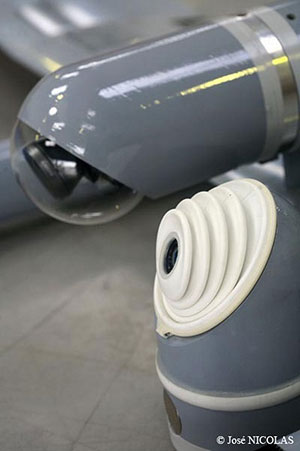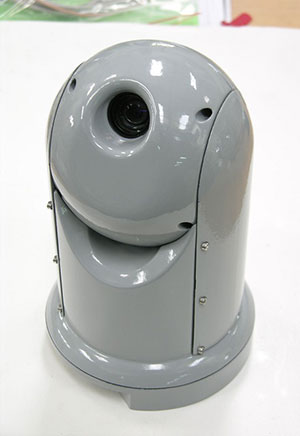Unmanned Aerial Vehicles (UAV) or as they’re more commonly called drones are not exactly a new concept – neither in the most familiar military context or in other more peace-oriented settings. However, they have, more recently, crept up to the broader tableside discussions of most dining families and office rec rooms due to different official policies that have been brought to light. The debate of whether the progress in this direction – the ubiquitous existence of the drones – is entirely positive, another concretization of the Orwellian dystopia emerging, or something in between (which is probably where most most objective people would land in the debate), two things are certain. The first is the need for such a discussion compared to, say, the 3D printed guns and the second is the inevitability of a future where UAV’s are a part of everybody’s daily life, even if not through 24/7 visual contact.

The benefits of in-house manufacturing equipment with this co-op are obvious – especially as Survey Copter used to outsource several phases of the process. Now, with a Stratasys’ Dimension Elite 3D printer and a Fortus
400mc 3D Production System at their facilities in France, even small batches of drones can be created cost-effectively and discreetly within 24 hours of the order. The machines are used specifically for helicopter and fixed-wing components, which size-wise range from just a couple mm’s to 40 cm x 10 cm parts. More specifically the 3D printed objects can be for optical turrets, structural elements of an aircraft, battery compartment housing, supporting structure, as well as scale models – all created out of polycarbonates, ABS and especially from Stratasys’ own ULTEM 9085, an aerospace-grade material, which is ideal for even the toughest environments due to its high durability and lightweight qualities.

Source: PR Newswire



